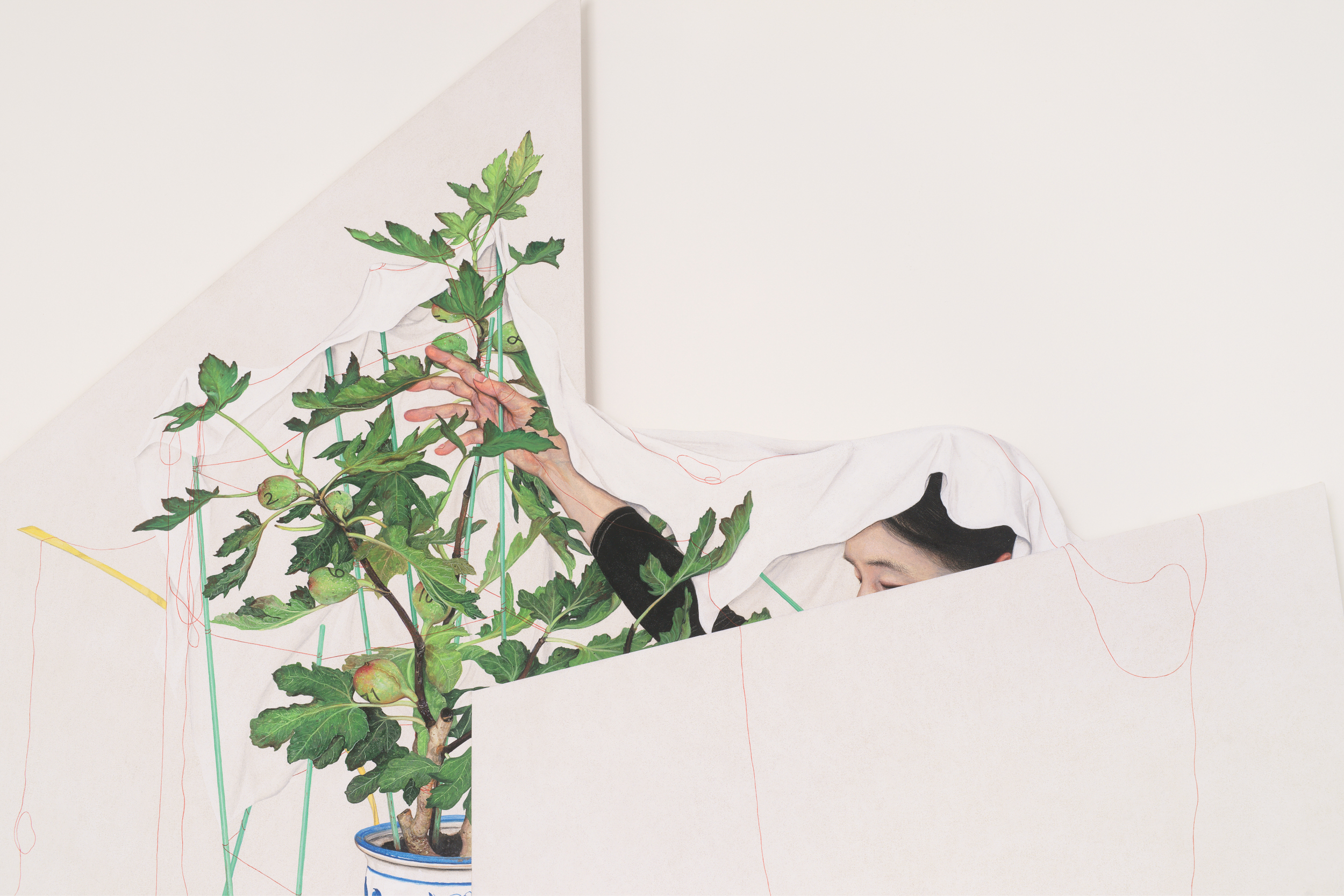Issue
Jinju Lee: Fear in a Handful of Dust

I.
“A voice comes to one in the dark. Imagine.”¹
II.
In 1984 Jinju Lee was playing in a field near her home in Busan, Korea, when a man attempted to force-feed her a peculiar red-and-black fruit. She escaped, managing by force of will, or fate, or luck, to avoid the horrors of unnameable violence. And to this day, she cannot look at that fruit without being overwhelmed by terror. For a time, she succeeded in burying the memory, until a series of isolated events conspired to dredge it back up, undigested, and unresolved. Some two decades later Lee was studying at Hongik University in Seoul when someone she knew was stabbed to death by a stranger.







